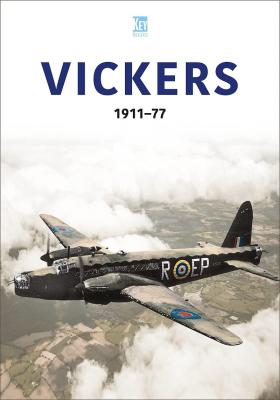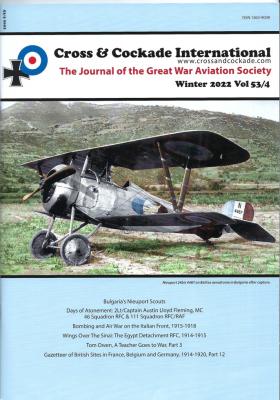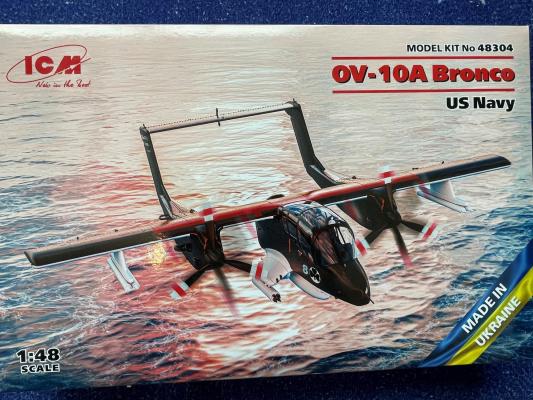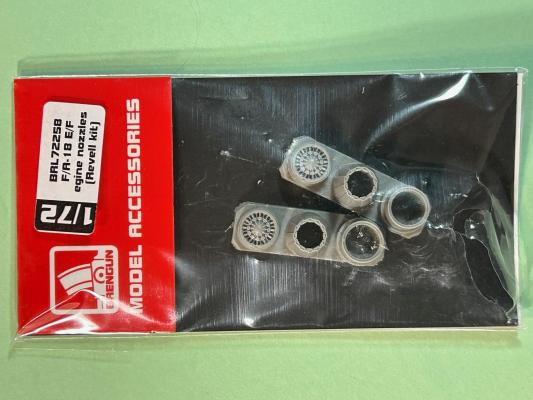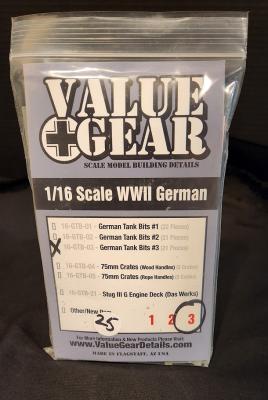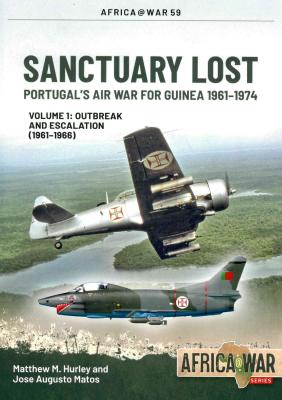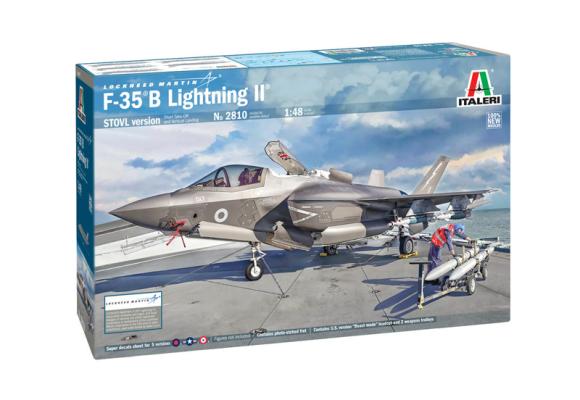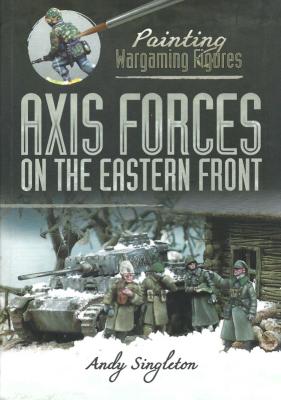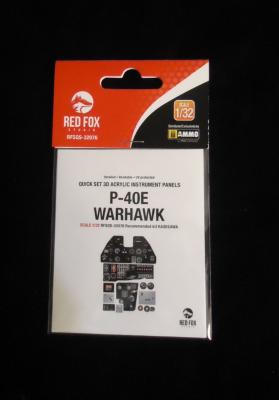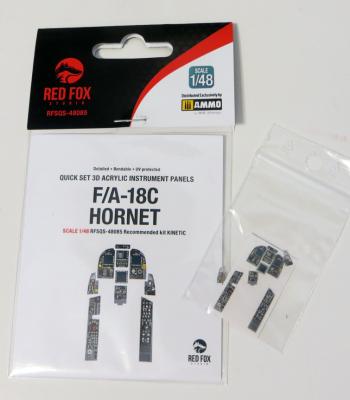Anyone familiar with the Vickers name knows how critical their contribution to British industry has been. Starting in 1828 as a steel producer, the company diversified into arms, ships, railroad stock and aircraft. The aviation arm of the company got its start by building rigid airships and blimps. This experience not only gave them experience in building these types of structure, it also brought them Barnes Wallis as one of their designers. At the same time, they introduced the R.E.P. Type monoplane. This single seater had a steel tube frame and was used as the base trainer for a flying school Vickers opened. During the first World War, the “Gun Bus” series of pusher powered fighters were designed and built as well as the first multiengine military aircraft in the world, the E.F.B. 7, flown in August 1915. Vickers also built several other prototype fighter designs that contributed to the evolution of the type but were not produced in numbers.
What's New
Cross & Cockade International is a non-profit UK based group known as the First World War Aviation Historical Society that publishes their journal four times a year. They also provide a free newsletter (sign up on their website) and occasionally publish WWI themed books like the Sopwith Dolphin monograph I reviewed earlier for IPMS USA. This Journal is the sister of the US Journal, Over The Front.
The OV-10A Bronco was a highly versatile aircraft and proved itself during the Vietnam War. Some aircraft operated by the US Navy were used in an anti-submarine training squadron, VS-41, Shamrocks. Some of these Bronco’s were painted in black or a very dark blue over white camouflage scheme. Interestingly, I could not find any pictures of OV-10A’s in this color. A number of Bronco’s were also returned to service during Desert Storm.
ICM seemingly defies all logic and continues to excite the modeling community with excellent model kits from the Ukraine. Keep them coming!! They have proudly added “Made in Ukraine” on their box tops.
The OV-10 arrived packaged in ICM’s typical superb box. All the plastic contents were protected in bags, along with a glossy instruction manual and two decal sheets.
This set is designed to provide replacement engine nozzles for Revell’s 1/72 F/A-18E/F Super Hornet Dauntless kits. The package includes two complete nozzle sets consisting of the flameholder section, the exhaust tube and the nozzle.
As expected with Brengun, the resin parts are well cast and sharply detailed and are intended to be a complete replacement for the kit’ engines. As with any resin set, the first set is to wash the parts to remove and release agent residue. I then used a razor saw to remove the parts from the casting stubs. I have always struggled with this step as I can never quite seem to keep the blade straight all the way through, so I end up having to do some remedial sanding to even the parts up after removal.
Value Gear Details, based in Flagstaff, Arizona, produces a wide range of high-quality resin accessories for most common model scales. Many of the accessories and stowage sets are universal, which is a nice advantage. This allows the model builder to customize the look they want by mixing sets or you can use one sets intended for specific subjects, such as the “German Tank Bits” family of accessories.
The set featured in this review has 21 pieces. Also available is set German Tank Bits #1 consisting of 22 pieces, and German Tank Bits #2 with 21 pieces.
The detail of these is stellar. I never cease to be amazed at the level of fine detail Value Gear achieves!
Reviewer’s Comments:
“- I also want to go fishing, Uncle Aliu!
You cannot, Abdulai, because it’s dangerous.
Uncle, I’m not afraid of the crocodiles!
You know, now there aren’t just crocodiles,
There are also the colonialists who drop bombs on the canoes,
[but] I cannot fear the crocodiles or the bombs.
This is my mission, as a militant of our Party.”
Thus opens the introduction of book, in the aptly named Introduction: Crocodiles and Bombs. Each chapter opens with a great quote that ties in with the chapter name – kudos to the authors for this additional nice touch. This book, while it covers Portugal’s war in Guinea (now Guinea Bissau, and not to be confused with the Republic of Guinea) is primarily focused on the Portuguese Air Force (Força Aérea Portuguesa-FAP) in its operations in Guinea supporting the counter-insurgency.
Italeri has released a brand new mold F-35B, the STOVL (short-take-off and vertical landing) version of the F-35 family currently in use by the Italian Navy, Royal Navy and US Marine Corps.
Current military planning assumes that in any conflict, stealth capabilities are needed during the first few days of combat which will see action against enemy radars and later on aircrafts can trade-off “stealthness” for payload by using external pylons. When the F-35B is carrying a full payload -ie with external pylons-, it is known as “Beast” mode and Italeri provides you everything you need to have your model in “Beast” mode, even adding a couple of trolleys to show the extra ordnance in a mini-diorama or vignette, but no figures are included.
The origin of Pen and Sword Books is closely linked with its sister company, the Barnsley Chronicle; one of the UK's oldest provincial newspapers – established in 1858 – and one of the few weeklies still in private ownership. The first books published by the company were in response to public demand following of a series of articles published in the newspaper: Dark Peak Aircraft Wrecks told the story of crash sites in the Dark Peak area of the Peak District National Park, and a further weekly feature on the history of two Kitchener battalions, known as the Barnsley Pals, aroused a thirst for more information. Following on from the success of Dark Peak Wrecks and Barnsley Pals books, a number of local history paperbacks were produced along with a series of battlefield guidebooks. Battleground Europe proved immediately successful, and as more and more titles were produced the company made the decision to launch a book publishing arm of the group.
I don’t think I’m alone in the feeling that when building an airplane kit, the most challenging aspect (at least in terms of painting) is inevitably the cockpit. And within the cockpit, the most challenging aspect is almost always the instrument panels. Over the years I’ve developed a pretty steady hand at this kind of work, but that doesn’t mean I actually enjoy it. It’s usually with a sigh of relief when I can set down an instrument panel with a full paint job on it.
Red Fox Studios, a company out of Hungary, has come up with a product line that I am now head over heels in love with. They are releasing a series of detail sets which include not only full-color instrument sets for various aircraft, but fully three-dimensional instrument panels at that, with every instrument and button fully realized. I have literally never seen anything like them before, and I am mesmerized.
Red Fox Studios are a new company to me. Based in Hungary, they are a producer of resin upgrades and decals, including a range of 3D instrument panel decals, of which this review item is one.
Designed for the Kinetic 1/48 F/A-18C Hornet kit, this product has a plastic, non-flat surface with a 3D effect. It is best glued with cyanoacrylate, but PVA or other glues can also be used. The product can be washed with both oil-based and acrylic paints. It can also be minimally bent or sanded.
Having started the kit, I first painted and decaled the pilot’s cockpit using the kit-provided decals. I used setting solution to help these settle over the kit’s nicely-moulded in detail. These looked OK and would have been perfectly suitable under a closed canopy.

